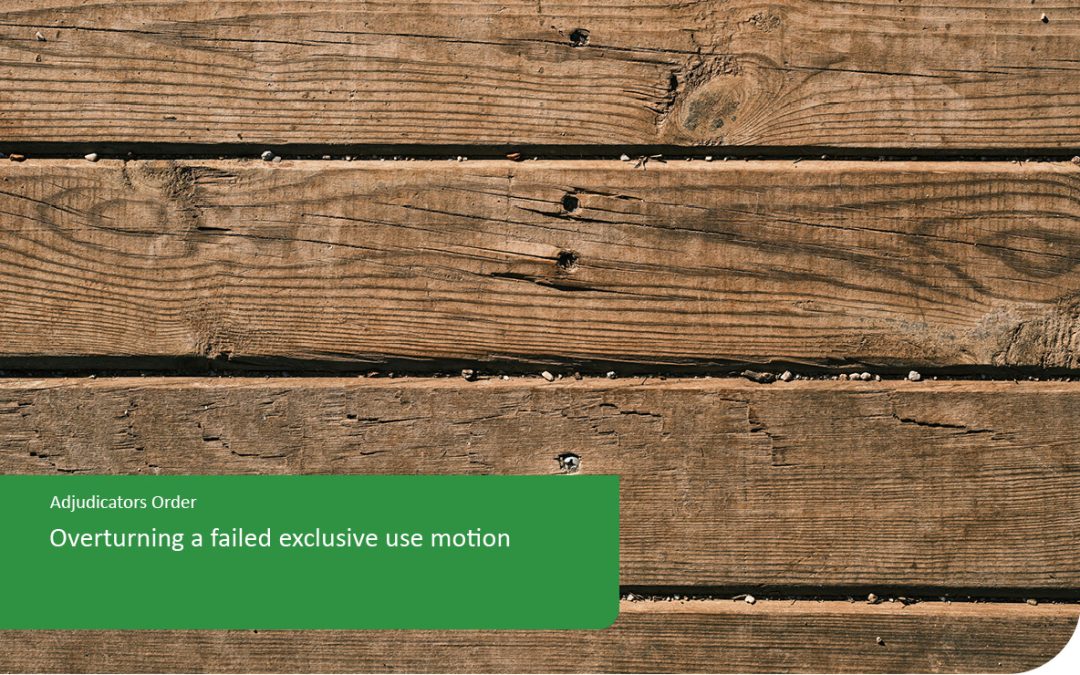Readers might remember that where an owner wishes to have the body corporate allocate a certain section of common property to the exclusive use of their lot, the motion has to be in the form of a resolution without dissent, meaning: at a general meeting where all owners voting must vote “yes” without any owners voting “no” to the request or the motion fails and the common property cannot be allocated.
The allocation of common property can be a complicated process and it can also be political where there is unresolved ill-will between owners, which is never easy to navigate.
In a recent case, the owner of a lot in a building format plan (previously called a building unit plan) scheme sought a section of common property be allocated to his lot in order to allow him to build a deck on that lot, with the deck adjoining his unit.
At the general meeting, one owner voted “no” to the motion which meant the requested section of common property could not be allocated and the motion failed.
The lot owner brought an application to ask for an Adjudicator to overturn the sole “no” vote on the basis of the opposition being unreasonable in the circumstances.
In reaching their decision, the Adjudicator noted:
“it is no light thing to conclude that opposition by a lot owner to a resolution is unreasonable where the adoption of the resolution will have the effect of appropriating part of the common property to the exclusive use of the owner of another lot, for no return to the body corporate or the other lot owners; altering the features of the common property which it exhibited at the time an objecting lot owner acquitted his or her lot; and potentially creating a risk of interference with the tranquility or privacy of an objecting lot owner.”
The Adjudicator further noted the allocation of common property did not automatically grant the owner the right to then install their deck – the owner would need to seek approval to “improve the common property”.
The application was dismissed, leaving the lot owner to consider whether to put up their motion at the next general meeting, perhaps this time offering compensation to the body corporate or the dissenting lot owner to secure a “yes” vote.
The case makes for an interesting read and you can find it here: https://classic.austlii.edu.au/au/cases/qld/QBCCMCmr/2025/294.html
